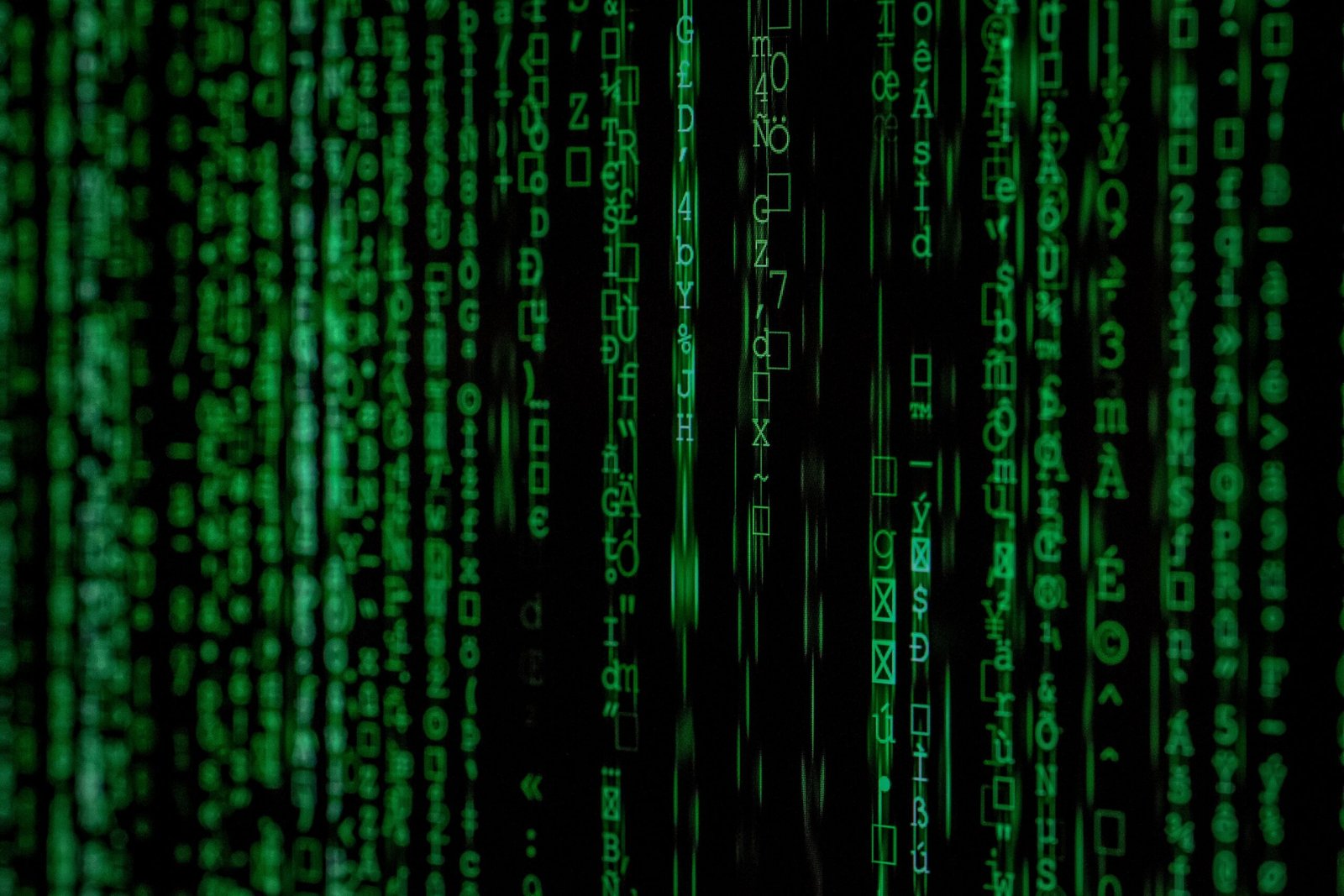Understanding NFTs and Their Impact on Digital Ownership
Non-fungible tokens (NFTs) have emerged as a groundbreaking development in the realm of digital ownership, providing a unique means of verifying the authenticity and ownership of digital assets. Unlike cryptocurrencies such as Bitcoin, which are fungible and interchangeable, NFTs are distinct and cannot be substituted for one another. This uniqueness is achieved through the incorporation of blockchain technology, which serves as a decentralized ledger, ensuring that each NFT is securely recorded and traceable.
The technology underlying NFTs is primarily based on blockchain, which allows for a transparent and immutable record of ownership. Each NFT consists of smart contracts, which include specific information about the asset, such as its creator, transaction history, and other relevant metadata. This meticulous record-keeping not only guarantees the authenticity of the digital collectible but also enables artists and creators to retain control over their intellectual property, offering new revenue streams through royalties upon resale.
The implications of NFTs extend beyond mere ownership, introducing novel concepts that challenge traditional notions of property rights in the digital space. In conventional ownership models, the physical possession of an item often determines ownership rights. Conversely, NFTs redefine this paradigm by emphasizing digital scarcity and provenance. They allow for the ownership of virtual assets, such as artwork, music, or virtual real estate, to be securely transferred and traded in a manner that was previously difficult to enforce in the digital realm. This shift in understanding raises important questions regarding copyright, value, and the future of collectibles as more individuals and businesses embrace this technology.
As NFTs continue to gain traction, their impact on digital ownership will likely evolve, leading to further innovations and discussions surrounding the valuation of digital assets. The growing acceptance of NFTs signifies a profound transformation in how we conceive and interact with ownership in an increasingly digital world.
The Evolution of Collectibles in the Digital Age
The concept of collectibles has evolved significantly over time, transitioning from physical items to a burgeoning digital landscape. Originally, collectibles included tangible objects such as stamps, coins, and baseball cards, which have been valued for their rarity, historical significance, and cultural relevance. These physical items laid the foundation for a collector culture that emphasized both the joy of possession and potential investment opportunities.
As technology advanced, particularly with the advent of the Internet, the collectibles market began to shift towards digital formats. Early examples emerged within online gaming environments, where virtual items such as skins, weapons, and avatars became desirable commodities among players. This new form of collectible thrived as gamers started investing real money into acquiring rare in-game items. Consequently, virtual worlds like Second Life and MMORPGs (massively multiplayer online role-playing games) facilitated the growth of digital collectibles, offering vibrant marketplaces where users could buy, sell, and trade their unique acquisitions.
Social media platforms also played a critical role in the rise of digital collectibles, enabling users to create, share, and trade virtual items effortlessly. With this shift, the boundaries of ownership and value became increasingly fluid. The emergence of Non-Fungible Tokens (NFTs) marked a revolutionary turning point in the collectibles sector. NFTs provided a definitive answer to the question of ownership in the digital realm, as they utilize blockchain technology to authenticate each item, distinguishing them from conventional digital assets.
Notable examples of NFTs, such as the digital artwork by Beeple or virtual real estate in Decentraland, have garnered significant public interest, while some collections appreciate in value dramatically. As the digital landscape continues to evolve, NFTs represent a new collectible class that incorporates the ethos of traditional collecting with cutting-edge technology, establishing a promising future for digital ownership. This evolution underscores the intrinsic human desire to collect and own unique items, bridging the past with the possibilities of tomorrow.
Challenges and Criticisms Surrounding NFTs
The burgeoning market for non-fungible tokens (NFTs) has not been without its fair share of challenges and criticisms, which merit closer examination. One major concern is the environmental impact of minting NFTs. The process often relies on blockchain technology that consumes substantial energy, particularly those utilizing proof-of-work mechanisms. This has ignited discussions about sustainability and the carbon footprint associated with the pervasive use of this technology. As environmental awareness grows, the NFT community faces pressure to adopt more eco-friendly alternatives, such as proof-of-stake networks.
Another significant issue is the speculative nature of the NFT market. As prices for certain digital assets have soared, many observers have likened the phenomenon to a bubble, rife with volatility. This situation raises questions about the long-term value of NFTs and the potential for financial loss among investors, especially those driven by hype rather than the intrinsic worth of the digital collectibles themselves. The unpredictable pricing patterns depict a market that appeals more to speculation than to genuine ownership.
Copyright and ownership rights also pose complex challenges in the NFT landscape. Although NFTs can signify ownership of a digital asset, they do not always confer copyright, leading to potential disputes over rights and usage. This has resulted in cases where creators find their work tokenized without permission, prompting advocates to call for clearer regulations to protect artists and their intellectual property.
Moreover, the prevalence of fraud and scams in the NFT space cannot be overlooked. As interest in NFTs spikes, so too does the potential for unscrupulous behavior, including counterfeit tokens and deceptive sales practices. In response to these issues, the industry is implementing various measures to bolster security and enhance trust, such as platforms that offer verification services and guidelines for buyers and sellers. These initiatives aim to establish a safer marketplace for both creators and collectors.
The Future of Collectibles: Trends and Predictions
The landscape of collectibles is undergoing a transformative shift, primarily driven by the emergence of non-fungible tokens (NFTs) and the growing acceptance of digital ownership. As industries such as art, gaming, and entertainment increasingly integrate NFTs into their ecosystems, we can observe several key trends shaping the future of collectibles. One of the primary trends is the mainstream adoption of NFTs. Major auction houses and galleries are beginning to recognize the legitimacy and value of digital art, resulting in higher visibility for creators and collectors alike. This recognition has led to an expanding market for digital assets, where conventional collectors are making the transition from physical collectibles to their digital counterparts.
A profound cultural shift is occurring in how society perceives ownership and value. The concept of digital scarcity, made possible through blockchain technology, has changed how individuals view collectibles. This shift can be attributed to the desire for unique and exclusive items in a digital format, catering to a tech-savvy consumer base. As the popularity of virtual environments and metaverse experiences grows, collectors are increasingly driven to engage with digital assets that offer social status and authenticity in these new realms.
Looking ahead, we can predict several significant developments in NFT technology and the regulatory landscape surrounding digital assets. Innovations such as increased interoperability between different platforms and enhanced user experiences will bolster the attractiveness of digital collectibles. Furthermore, as legal frameworks evolve to address the complexities associated with ownership and intellectual property rights within the NFT space, we may see a clearer set of guidelines that will support and protect both creators and consumers. This expected maturation of the market could lead to a more robust definition of ownership, transcending traditional notions and embracing a future where digital and physical assets coexist harmoniously.

